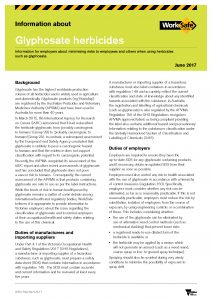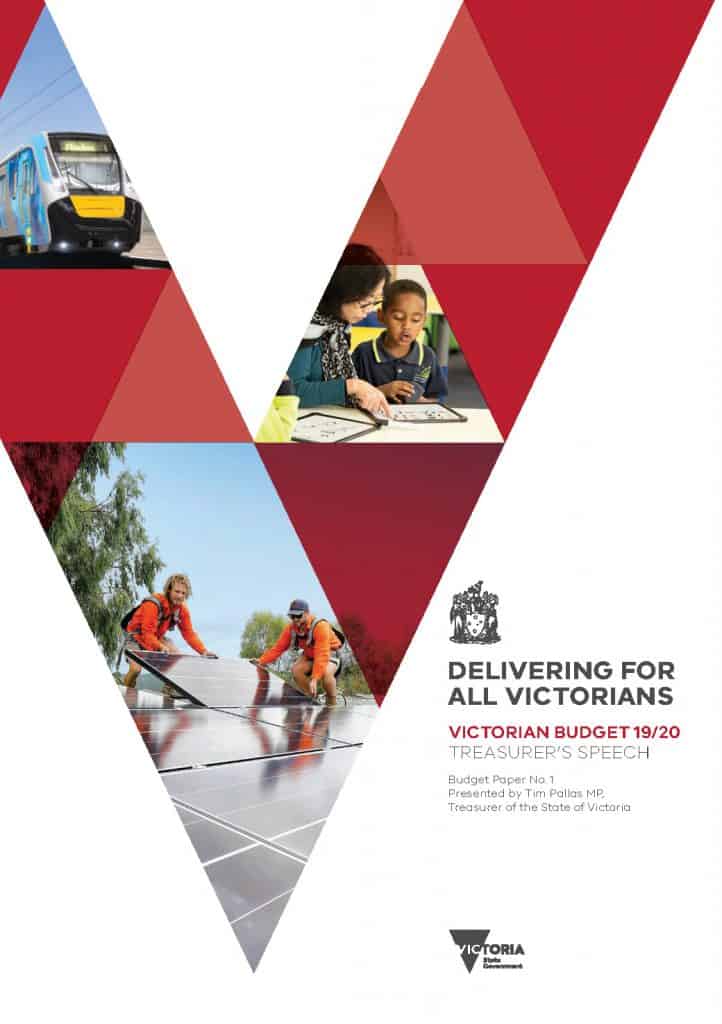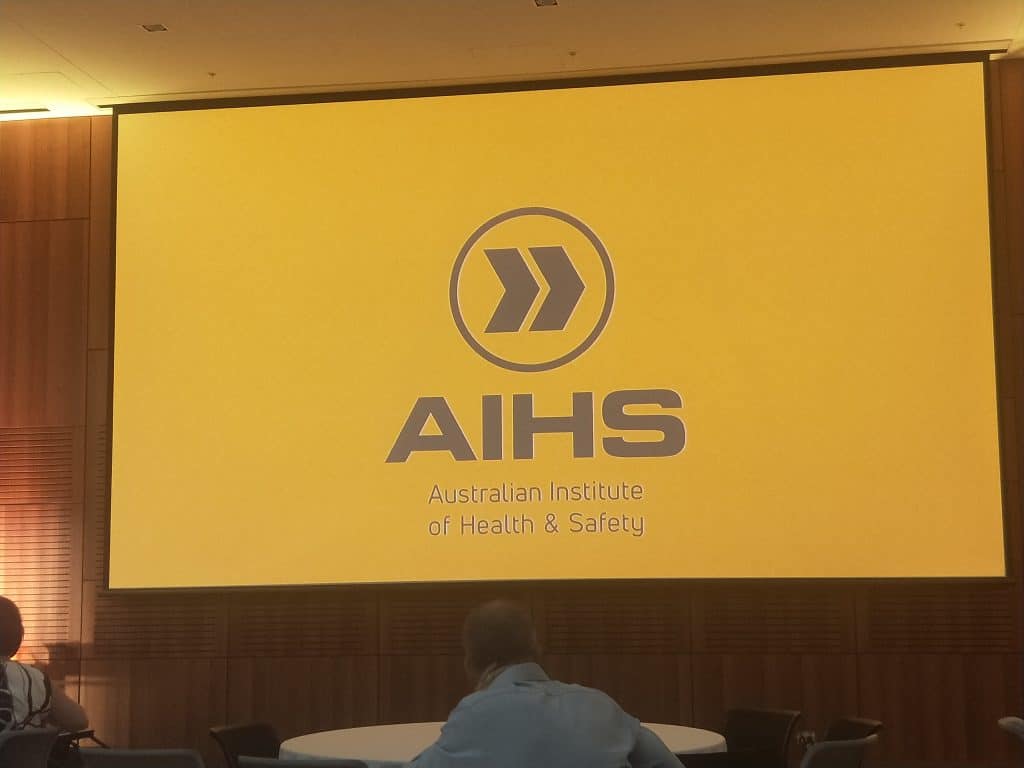The debate on the risks of using glyphosate products to control weeds continues to ripple around the world largely sparked by the global penetration of media reports from the United States. It is important to look at the risks without the unique litigation climate in the United States. A recent Australian report by SBS television emphasises to the occupational health and safety (OHS) risks of glyphosate.
The report started with mention of reviews into the use of glyphosate products by New South Wales councils and the Victorian Government. It would disappointing if such reviews had not already been conducted given the glyphosate was identified as possible carcinogenic several years ago. That change in the state of knowledge of a hazard should have been sufficient for all glyphosate users to reassess their risks.
This was followed up by information on the residual environmental impacts that was reminiscent of Rachel Carson’s Silent Spring but is not strictly an OHS matter.





